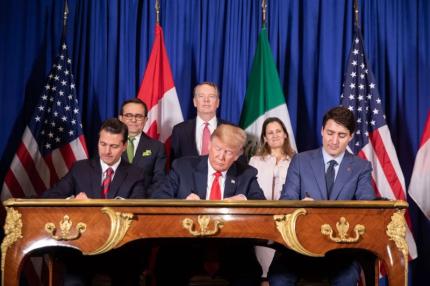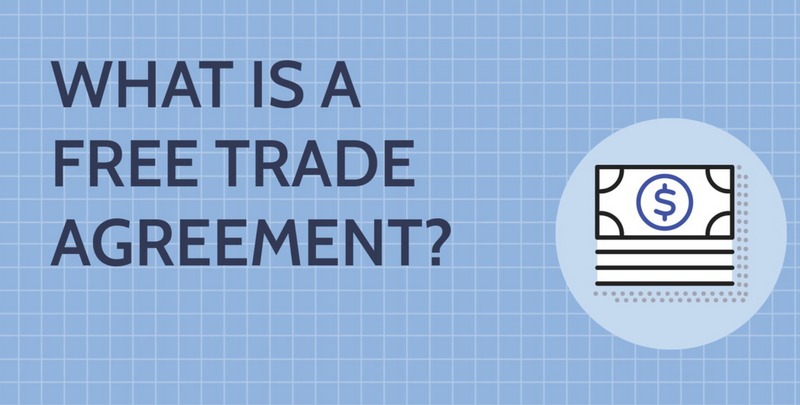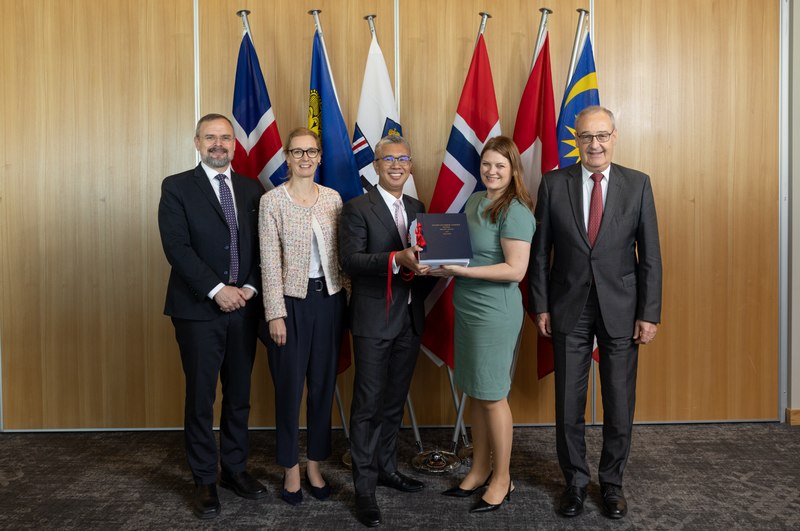Get free consultation
Fill out the form and we will contact you
In the era of globalization, countries around the world continuously seek effective forms of trade cooperation to promote exports, boost economic growth, and enhance competitiveness. One of the most common and influential models of international economic cooperation today is the Free Trade Area (FTA). So, what is a free trade area, how does it operate, and what benefits does it bring to member countries? Let’s explore in detail below.
A Free Trade Area (FTA) refers to a region in which member countries agree to eliminate or reduce tariffs, trade barriers, and other restrictions on the exchange of goods and services among themselves, while maintaining independent trade policies toward non-member nations.
In simpler terms, within a free trade area, member countries can freely trade goods and services with one another without being subject to import taxes or non-tariff barriers. However, when trading with countries outside the area, each member maintains its own individual tariff policy.
For example, if Vietnam signs a free trade agreement with Thailand, goods traded between the two countries may be exempt from import duties. But when Vietnam imports products from China, it still applies its own national tariff rates.
A free trade area represents the lowest level of economic integration among forms of international economic cooperation, followed by customs unions, common markets, economic and monetary unions, and full economic integration.
Typical characteristics of an FTA include:
Trade liberalization within the bloc: Removal of tariffs and trade barriers among member states to promote the free flow of goods, services, and investment.
Independent external trade policies: Each country retains its own tariff policies toward non-members.
Commitment to transparency and fairness: Members must comply with rules of origin to prevent trade deflection or misuse of tariff advantages.
No unified fiscal or monetary policy: Each nation maintains sovereignty over its domestic economic policies and regulations.
Because of this flexibility, the FTA model is widely adopted — it is relatively easy to implement, less politically binding, yet delivers substantial economic benefits.
An FTA operates based on bilateral or multilateral agreements among participating countries. Each agreement specifies the following elements:
Scope of liberalization: Goods, services, investment, and in some cases, digital trade.
Tariff reduction schedules: Timelines and stages for tariff cuts agreed upon by all members.
Rules of origin: Criteria for determining which products qualify for preferential treatment.
Dispute resolution mechanisms: Procedures to address violations or disagreements between members.
Once an FTA takes effect, businesses within the area gain access to larger markets, lower costs, and more competitive opportunities, ultimately promoting economic growth and development across the member states.
Joining a free trade area offers significant advantages for both countries and businesses:
Boosting exports and expanding markets: Lower tariffs make goods and services more competitive and easier to access in partner markets.
Attracting foreign investment: Global companies tend to invest in FTA members to take advantage of tariff preferences and strategic trade positions.
Improving productivity and efficiency: Increased competition drives businesses to innovate, enhance product quality, and reduce production costs.
Creating jobs and increasing income: A vibrant export sector generates new employment opportunities and supports overall economic growth.
Enhancing regional cooperation and stability: Shared economic interests foster stronger diplomatic ties and reduce the risk of conflict among nations.
Many prominent FTAs have shaped global trade patterns and become vital to international economic relations, such as:
North American Free Trade Agreement (NAFTA) – now replaced by the United States–Mexico–Canada Agreement (USMCA).
European Free Trade Association (EFTA) – comprising Switzerland, Norway, Iceland, and Liechtenstein.
ASEAN Free Trade Area (AFTA) – including all 10 ASEAN member countries, among them Vietnam.
Comprehensive and Progressive Agreement for Trans-Pacific Partnership (CPTPP) – one of the largest multilateral trade agreements in the world.
Regional Comprehensive Economic Partnership (RCEP) – involving ASEAN nations and key partners like China, Japan, South Korea, Australia, and New Zealand.
These trade blocs not only create vast interconnected markets but also play a crucial role in shaping the modern global economic structure.
Despite their many advantages, FTAs also present several challenges:
Intensified competition: Domestic companies may face pressure from cheaper imported products.
Reduced government revenue: Lower import taxes can affect national budgets.
Trade imbalances: Some countries may experience trade deficits if export–import structures are not well-balanced.
Institutional reform requirements: To fully benefit from FTAs, nations must improve administrative efficiency, product standards, and domestic production capacity.
Nevertheless, with proper preparation and strategic implementation, these challenges can become opportunities for long-term growth.
A free trade area is one of the most flexible and effective forms of economic cooperation today. By liberalizing intra-bloc trade and reducing tariff barriers, member countries can expand markets, strengthen competitiveness, and foster sustainable economic growth.
For Vietnam, participation in numerous FTAs such as AFTA, CPTPP, and RCEP has opened the door to deeper international integration, laying a solid foundation for a dynamic, modern, and resilient economy in the years ahead.
Fill out the form and we will contact you



